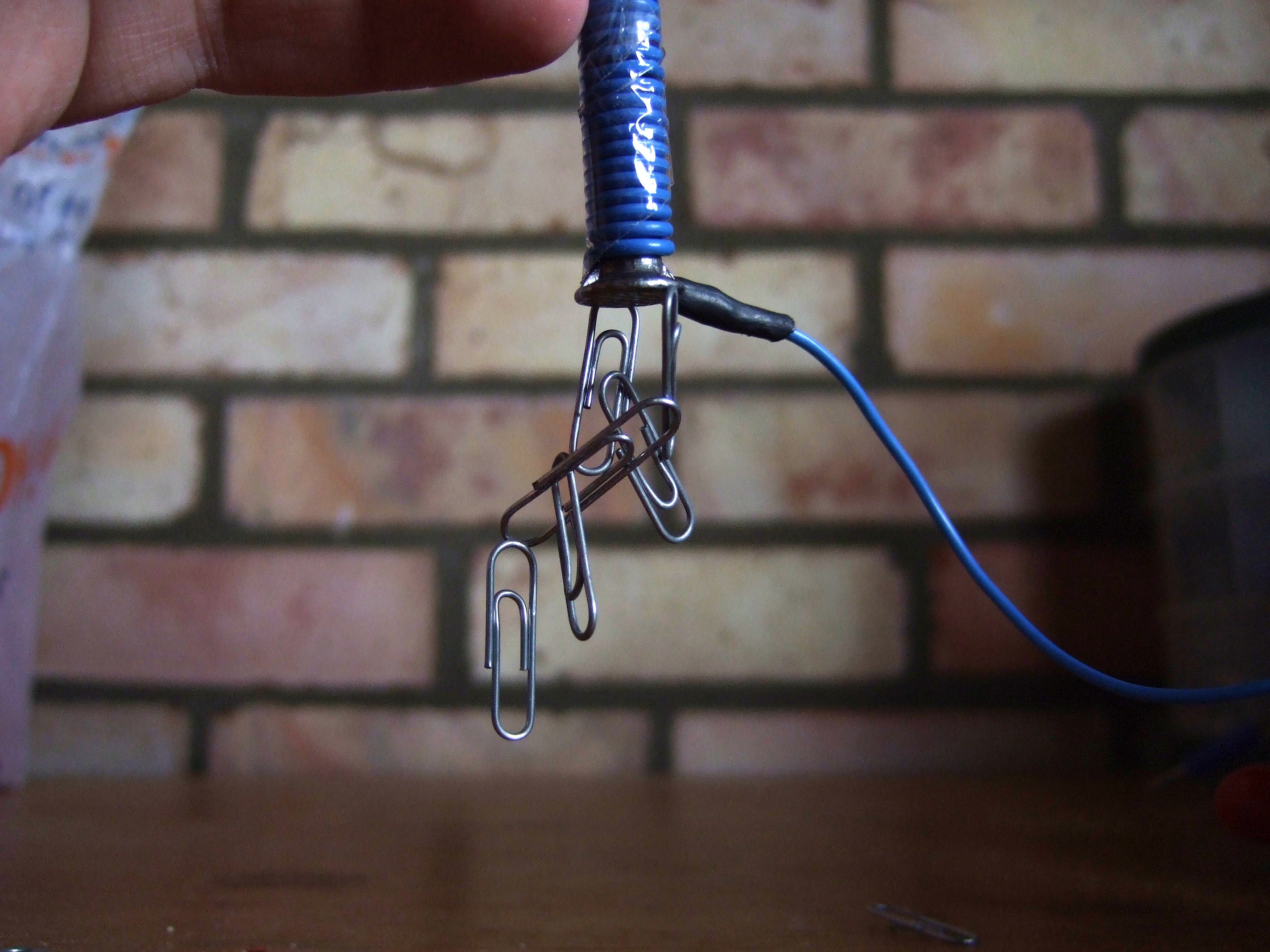Mysterious forces - Eddy Currents
Ingredients
If you take a strong rare earth supermagnet, and drop it through a piece of plastic tubing, it just drops as you would expect, but if you drop it through a copper tube, something rather wonderful happens,
The magnet drops immensely slowly and sort of hovers in the centre of the tube.
Explanation
If you move a magnet near a coil of wire you induce a voltage, and therefore a current in that coil. You actually have to change the amount of magnetic flux (magnetic field x area) going through the coil so moving the magnet in and out works better than rotating it.
You can see this in this short video, moving a supermagnet in and out of a coil of wire attached to an ammeter which measures current.
This is the basis for electrical generators, and therefore 99% of generated electricity. A generator moves magnets near coils of wire, and induce voltages in them.
A copper tube is the ultimate coil of wire with an extremely low resistance, so if you move the magnet in the tube you will induce large currents to flow around the tube. These circular currents are called Eddy Curren
| |  |
| Moving a magnet towards the tube induces large currents in the tube. | A large current flowing in a circle is an electromagnet like this one picing up paperclips |
A large electric current flowing in a circle is an electromagnet, and this electromagnet acts against any movement of the original magnet. So the current in the tube produces enough magnetic field to slow down the dropping magnet. The faster the magnet is moving the bigger these currents, so the larger the braking force on these magnets.
| The induced currents form an electromagnet which slows the progress of the magnet. | The currents die away due to resistance so the magnet drops, this movement induces more currents. |
If the copper was a perfect conductor (superconductor) it would be able to stop the magnet altogether, however due to resistance of the copper the currents die away eventually, so the magnet drops a bit further, building up new currents further down the tube, and the magnet will drop slowly.
The better the conductor the slower the magnet has to move to induce enough current to hold it up, so the magnet will drop slower down a copper tube than an aluminium tube, and much slower down that than down a bad conductor such as stainless steel (which can also be non-magnetic so it won't stick.).
Eddy currents are often used in the brakes at the end of roller coaster rides, and on trains, as they produce a very smooth braking effect.
- Previous Superconducting Levitation
- Next The Potato Arch










Comments
Add a comment